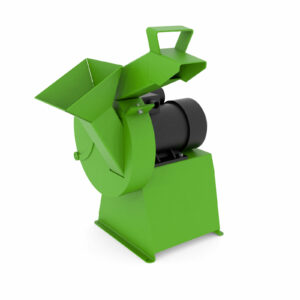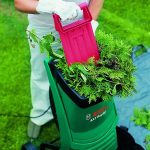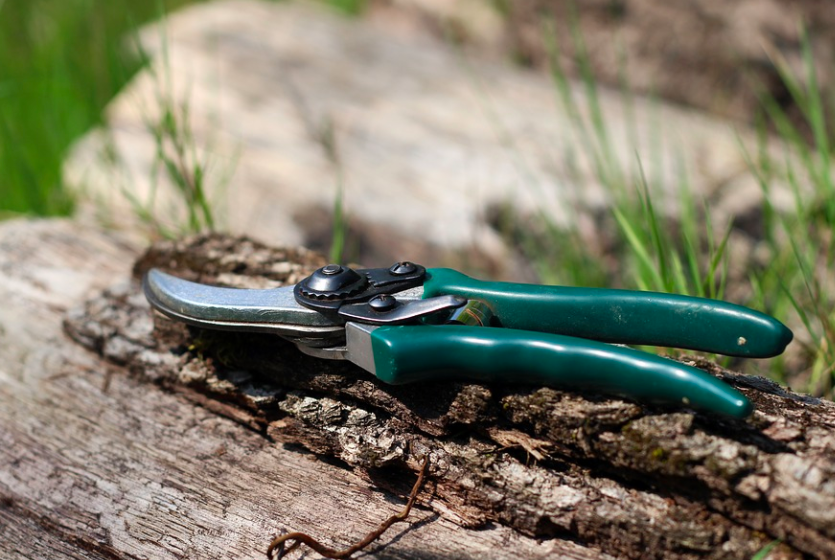Why do you need a garden shredder? Let's figure it out with the experts
Garden shredder – what is it? Essentially, this is a device with small knives that grind up garbage. These knives are driven by a motor. Garden shredders came to us from Western countries. There they are called, in English, chippers or shredders.
How does a garden shredder work? Everything is simple here - there is an engine (gasoline or electric), it rotates a shaft with tips, the tips can be a system of knives or a milling cutter, garbage (branches, sticks, leaves, hay, grass and other garden debris) is poured into the compartment with direct access to the tips ), the tip system grinds them, after which they are either collected in a special block/tank for waste, or simply thrown out next to the device. The crushed waste is collected and thrown into a compost pit.

Why do you need a garden shredder? Well, to deal with garbage in the garden, obviously. Yes, but let's figure it out. What methods do you know for cleaning up organic garden waste? Organic garden waste refers to branches, sticks, leaves, stems, bushes/roots, and grass.
Let's burn it together, take it out, put it in a compost bin and... that's it. There are three ways to get rid of organic waste - burn it, take it out and decompose it in a compost pit. But taking out organic waste, especially if it is a suburban area, is generally pointless and even stupid. So all that remains is to burn and decompose. But if you burn something on the ground, a black spot will form on which nothing will grow for a long time.In addition, not all the garbage will burn, a huge amount of CO2 will also be released into the atmosphere, and the smoke has a harmful effect on living organisms - other plants, animals, people.
So it's best to collect garbage in a compost bin and wait for it to decompose? Yes. It's safer, healthier and faster. Additionally, after decomposition you will get a bunch of fertilizer for the plants.
What about the space it takes up? Here. This brings us to the topic of garden shredders. Firstly, branches, sticks, and stems take a long time to decompose. Secondly, in their standard form they take up a lot of space. Garden shredders or chippers and garden shredders come to the rescue. Small knives in them shred all the debris that got inside. At the exit you will have a pile of garbage that takes up 4-10 times less space and decomposes faster.
Faster decomposition is explained by the fact that it is easier for microorganisms to work with small pieces.
A garden shredder is needed to shred and quickly dispose of organic waste from the garden.
How to choose a garden shredder. Types of Garden Shredders
Before choosing a chipper, answer yourself three questions:
- How big is my garden?
- Does it contain a lot of garbage?
- How far is the nearest socket from the garden?
After answering them, you can decide: what power do you need for your shredder, does it need a garbage tank, or what volume of garbage tank does it need, will it be an electric or gasoline model.
Now let's look at what you should pay attention to when choosing a shredder for the garden.
Electric or petrol is an eternal question for agricultural machinery.Gasoline ones are autonomous, mobile, can be moved anywhere, they are more powerful than electric ones (they can chop branches with a diameter of more than 4 centimeters), but they are more difficult to maintain, they are more expensive, consume more, and break down more often. Electric ones are tied to a place - an outlet, the middle class chops branches 2-3 cm, the most powerful 4-5 cm, but they are cheaper, consume less, and are more accessible.
If you have a large area with large debris (branches with a diameter greater than 4-5 cm), then buy a gasoline model. If not - electric. According to statistics, among users of garden shredders in Russia, only 11% use gasoline models, 89% use electric ones.

Housing made of plastic or metal. Only professional/specialized models are equipped with a metal case - they are designed for daily use, heavy loads, harder debris, and therefore wear resistance should be greater. Plastic is used in household models. This is not fragile plastic - it will not break from your debris, it is designed for this, it just has less wear resistance - it is not suitable for constant daily loads, large branches, sticks, and so on.
A large area with large debris that needs to be crushed daily - models with a metal body.
A small garden/country estate or cottage - a household garden shredder.
Milling cutters or knives. The questions are different, but the answers are the same. The milling system is designed for large debris and finer shredding. It is most often installed in gasoline models with a metal body. Rarely found in electric ones. The knife system will cope with simple everyday tasks - branches up to 2-4 cm thick, leaves, grass, small sticks.
Because of this, models with a milling system are more expensive than knife ones.If there is no need for great cutting power, take models with a knife system.
Garbage bin. Everyone understands that a garbage tank in a garden shredder is a big plus. No need to squirm, collect everything yourself. There is a tank into which everything rolls itself. So choose models with a built-in waste container.
Power, weight, thickness of branches. There are three types of garden shredders based on power:
- Low-power ones - up to 1.5 kilowatts - weigh 20 kilograms or less, can cut a branch up to 2 cm thick, and are used in small gardens.
- Shredders of average power – 1.5-3 kW – their weight can reach up to 50 kilograms, and they can cut branches up to 5 cm thick.
- High-power – 3-9 kilowatts – the weight of such devices can exceed 100 kg, but they can even cut the trunk of a small tree.





